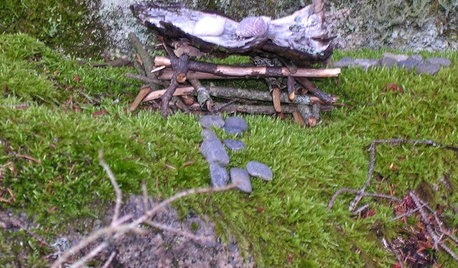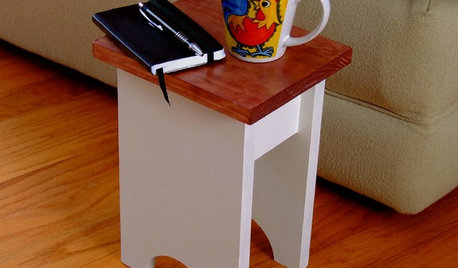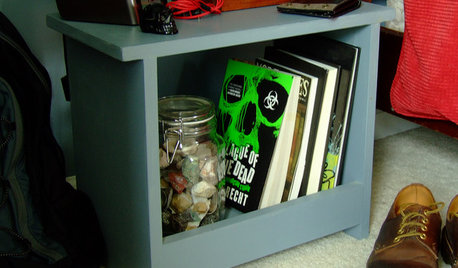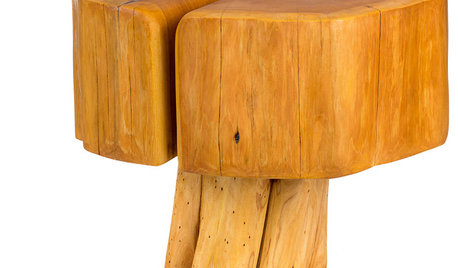A little something about Elmer's glue as admix.
tufaenough
18 years ago
Featured Answer
Sort by:Oldest
Comments (24)
rustinj
18 years agoRelated Professionals
Franconia Landscape Architects & Landscape Designers · Rancho Palos Verdes Landscape Architects & Landscape Designers · Buford Landscape Contractors · College Park Landscape Contractors · Doctor Phillips Landscape Contractors · East Haven Landscape Contractors · Edwardsville Landscape Contractors · Gloucester Landscape Contractors · Indio Landscape Contractors · Lorain Landscape Contractors · Overland Park Landscape Contractors · Salem Landscape Contractors · South Lyon Landscape Contractors · South Portland Landscape Contractors · Tigard Landscape Contractorsrustinj
18 years agotufaenough
18 years agoDyas
18 years agorustinj
18 years agotufaenough
18 years agorustinj
18 years agoBuddyfly
18 years agotufaenough
18 years agopaws4pets
18 years agotufaenough
18 years agopaws4pets
18 years agotufaenough
18 years agoUser
18 years agotufaenough
18 years agoGardener_boy
18 years agospidrbear
18 years agotufaenough
18 years agoPamela Godsoe
7 years agoMike Larkin
7 years agolast modified: 7 years agopoaky1
6 years agochloe_winchester150
6 years agopoaky1
6 years ago
Related Stories

FUN HOUZZSomething a Little Different: Fairy Houses
Miniature abodes crafted for otherworldly creatures capture the imagination
Full Story
DIY PROJECTSNeat Little Project: Make a Basic Wood Stand
See how to make this handy table to hold your book, coffee or plant — then use the skills you learn to build something else later
Full Story
DIY PROJECTSNeat Little Project: Build an All-in-One Storage Seat
This wonderful wooden piece boasts a wide array of uses — whether you brag about making it is entirely up to you
Full Story
BOOKS11 Great Children’s Books About Home (and 2 Honorable Mentions)
Homes come in many different shapes and sizes, and these kids’ books highlight the tallest, the smallest, the oldest and the silliest
Full Story
KITCHEN DESIGNHouzz Call: Tell Us About Your First Kitchen
Great or godforsaken? Ragtag or refined? We want to hear about your younger self’s cooking space
Full Story
FURNITUREHow to Buy a Quality Sofa That Will Last
Learn about foam versus feathers, seat depth, springs, fabric and more for a couch that will work for years to come
Full Story
LIFEHouzz Call: What Has Mom Taught You About Making a Home?
Whether your mother taught you to cook and clean or how to order takeout and let messes be, we'd like to hear about it
Full Story
PAINTINGWhat to Know About Milk Paint and Chalk Paint — and How to Use Them
Learn the pros, cons, cost and more for these two easy-to-use paints that are great for giving furniture a vintage look
Full Story
GREAT HOME PROJECTSWhat to Know About Adding a Reclaimed-Wood Wall
Here’s advice on where to put it, how to find and select wood, what it might cost and how to get it done
Full Story
PRODUCT PICKSGuest Picks: Beautiful Things You Can Feel Good About Buying
Upcycled, ecofriendly or just made responsibly, these home accessories and furniture pieces will keep your conscience clear
Full Story





tufaenoughOriginal Author